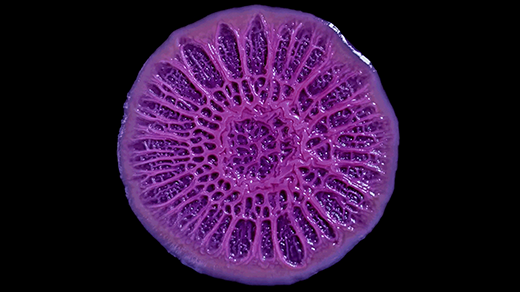A Thermodynamic Answer to Why Birds Migrate
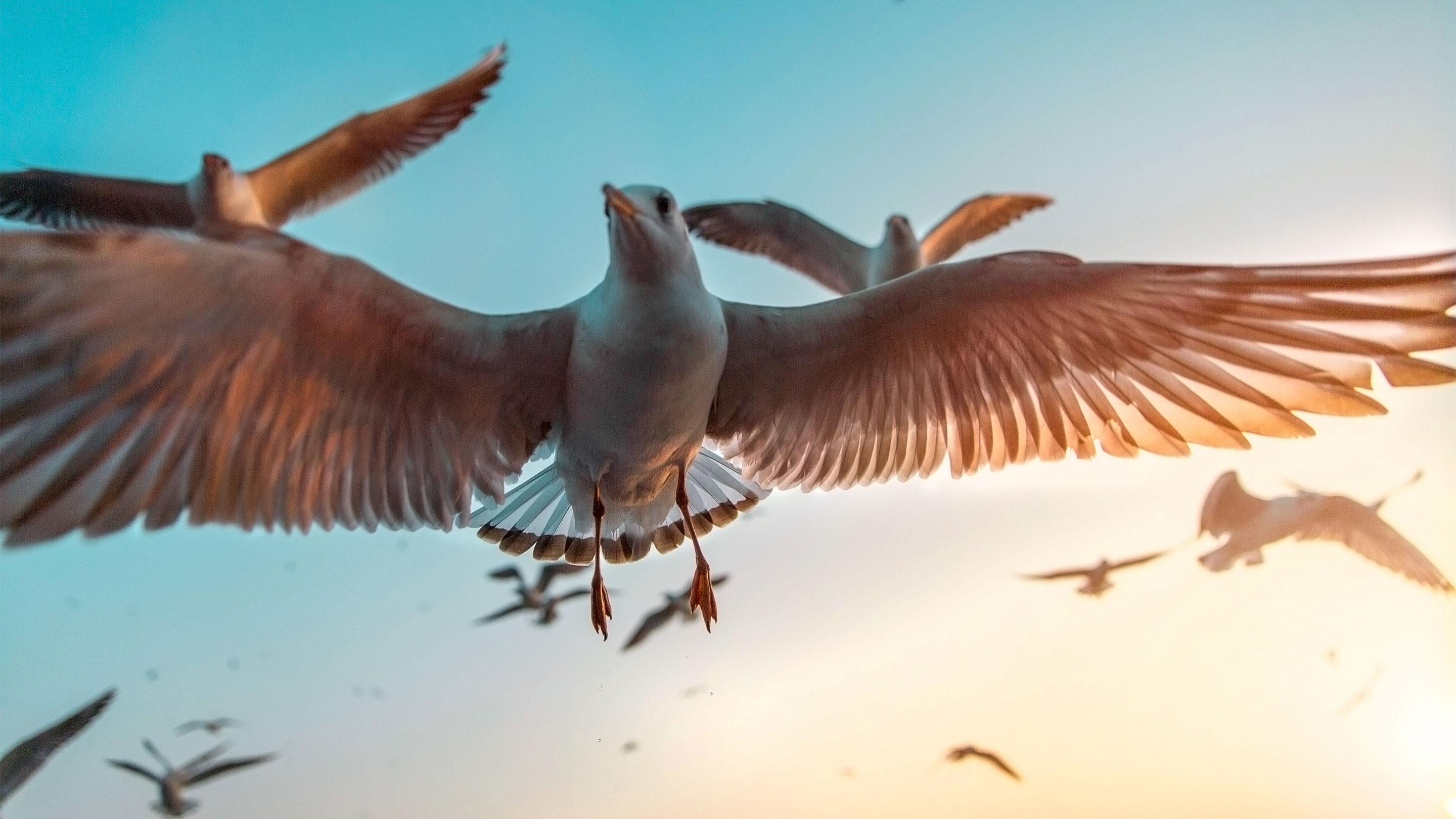
Introduction
Every year, flocks of tiny white birds embark on an arduous, zigzagging journey from Greenland to Antarctica and then back again, flying more than 44,000 miles. In its lifetime, each of these arctic terns covers a distance equivalent to three or four round trips to the moon. Meanwhile, the dusky grouse, which lives at the edges of forests in mountainous regions of North America, travels but a fraction of a mile between its breeding grounds and its regular habitat. The great majority of bird species don’t migrate at all.
According to a study published in today’s issue of Nature Ecology & Evolution, those wild differences in migration patterns — and the resulting distribution of bird species around the world — reflect the efforts of those species to maintain an optimal energy balance within their competitive environments. The research makes a forceful argument that energy supply and demand is a driving ecological principle shaping the global structure of biodiversity. It also presents a powerful tool that environmental scientists and ecologists can use to predict how human activity will rapidly change that structure.
A Natural Experiment
In 1807, the naturalist and explorer Alexander von Humboldt wrote, “The nearer we approach the tropics, the greater the increase in the variety of structure, grace of form and mixture of colors, as also in perpetual youth and vigor of organic life.” He was among the first in a long line of biologists to note that diversity in plant and animal species (including birds) tends to increase from the poles toward the equator. But despite more than two centuries of observation since then, the mechanism responsible for this well-recognized pattern has continued to elude scientists.
Hypotheses abound. Some posit that because the tropics have enjoyed millennia of greater evolutionary stability, more species have had time to accumulate there, while historical glaciations closer to the poles made regional species go extinct more frequently. Others claim that the warmer temperatures near the equator encourage greater species diversification by allowing more ecological niches to emerge.
But it’s been incredibly difficult to validate one idea over another on a global scale. Researchers have either had to confine their direct experiments to specific species or regions, or to seek wide-range correlative evidence without being able to point to definitive causes.
The new mechanistic model in the Nature Ecology & Evolution paper takes a major step toward changing that. And in doing so, it greatly bolsters the hypothesis that energy — both what’s available in the environment and how much organisms need to expend — is the crucial factor that determines the uneven distribution of biodiversity across the planet.
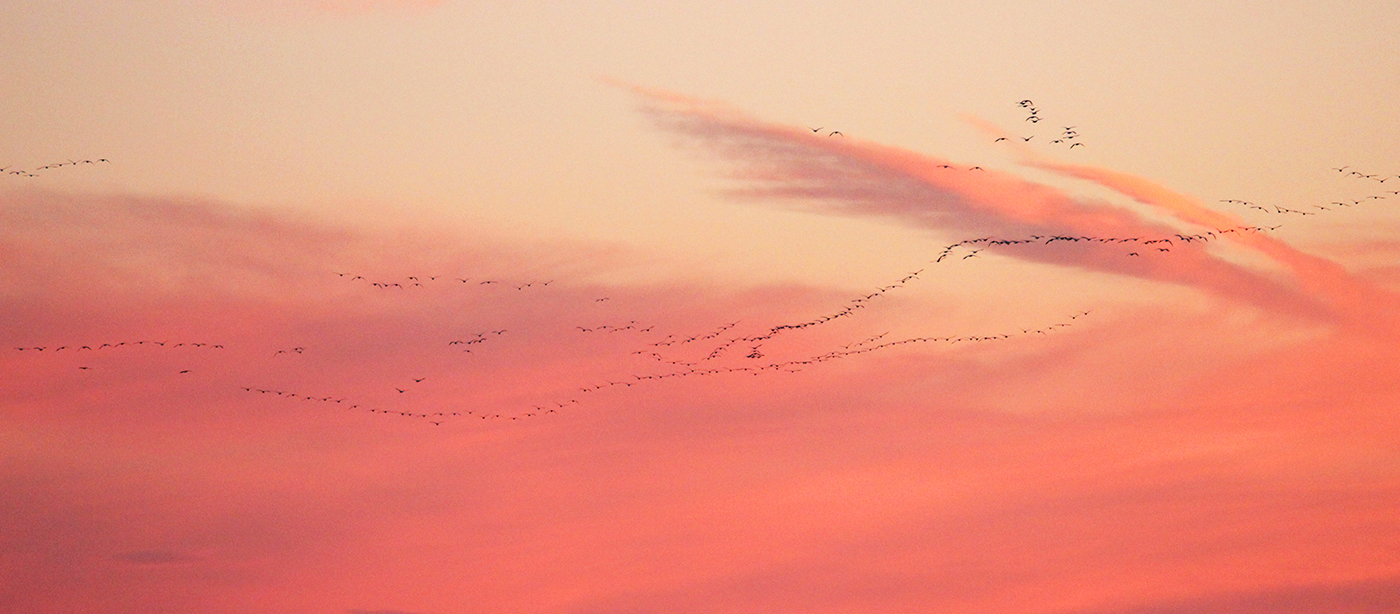
Flocks of migrating snow geese travel thousands of miles every spring from warm regions of North America, where they spend the winter, to the Arctic tundra, where they breed.
The researchers “figured out a way to model this system to make sense of an idea that’s been around for a hundred years,” said Andrew Farnsworth, a research associate at the Cornell Lab of Ornithology who was not involved with the work. “And it happens to be a reasonably simple model,” even if it still involved a great deal of computation to execute. “That’s really cool.”
Bird migration provided the perfect “natural experiment” for testing the energy idea because birds adjust their global distribution with the changing seasons, according to Marius Somveille, the postdoctoral researcher at the Max Planck-Yale Center for Biodiversity Movement and Global Change in New Haven who led the effort. If energy considerations drive the distribution of species, then the effects of those energy-based rules should unfold every year as the birds migrate.
Building a Virtual World
That’s exactly what happened when Somveille and his colleagues modeled migrations. They had previously collected empirical data on the global distribution and seasonal migration patterns of the planet’s 10,000 bird species: where species were particularly rich or sparse, for example, and how many species came and went from given regions during the winter or summer.
To understand the “why” underlying those patterns, the researchers needed a mechanistic model. In their new study, they created a virtual world that resembled a simplified version of Earth, with its continents, seasons and accompanying changes in temperature and energy availability (as measured or inferred from satellite imaging). They then added virtual species one by one to this world until it didn’t have enough resources to sustain further additions. Each of those species was the same, with a weight, range size and ecological profile based on averages of real-life bird data.
The governing principle was that in this virtual world, each species would operate in the most energy-efficient way and would migrate only if doing so gave it a means to further optimize its energy budget. When each virtual species was added, it had more than a million random scenarios available to it: It could, for example, spend the winter in Brazil and the summer in the United States, or the summer in Brazil and the winter in the U.S., or the entire year in Brazil, or the entire year in the U.S. And so on for many regions and potential migration paths around the globe.
The model dictated that each new species would — while taking into account the locations of the other competing virtual species — choose the scenario that allowed it to gain the most energy while minimizing the four energetic costs associated with its metabolism, reproduction, thermal regulation and migration.
Based on these simple rules, the researchers ran their simulation. As expected, the first virtual species to be added stayed in the tropics year-round: After all, resources there were aplenty, and the birds didn’t have to expend energy to stay warm. But as more and more species joined the fray, residing in the tropics stopped being an ideal strategy. Instead, some moved elsewhere, or migrated seasonally to reduce the competition.
Eventually, the virtual world filled up with these species — and the final distribution of virtual species closely resembled the scientists’ empirical data about the distribution of real birds today. The model was able to predict migratory behavior with a high degree of accuracy, even highlighting areas where the same number of species came and went — a phenomenon in nature that seems unusual (one would expect species to stay put if there was no net change) but which can now be explained with straightforward energy-related considerations.
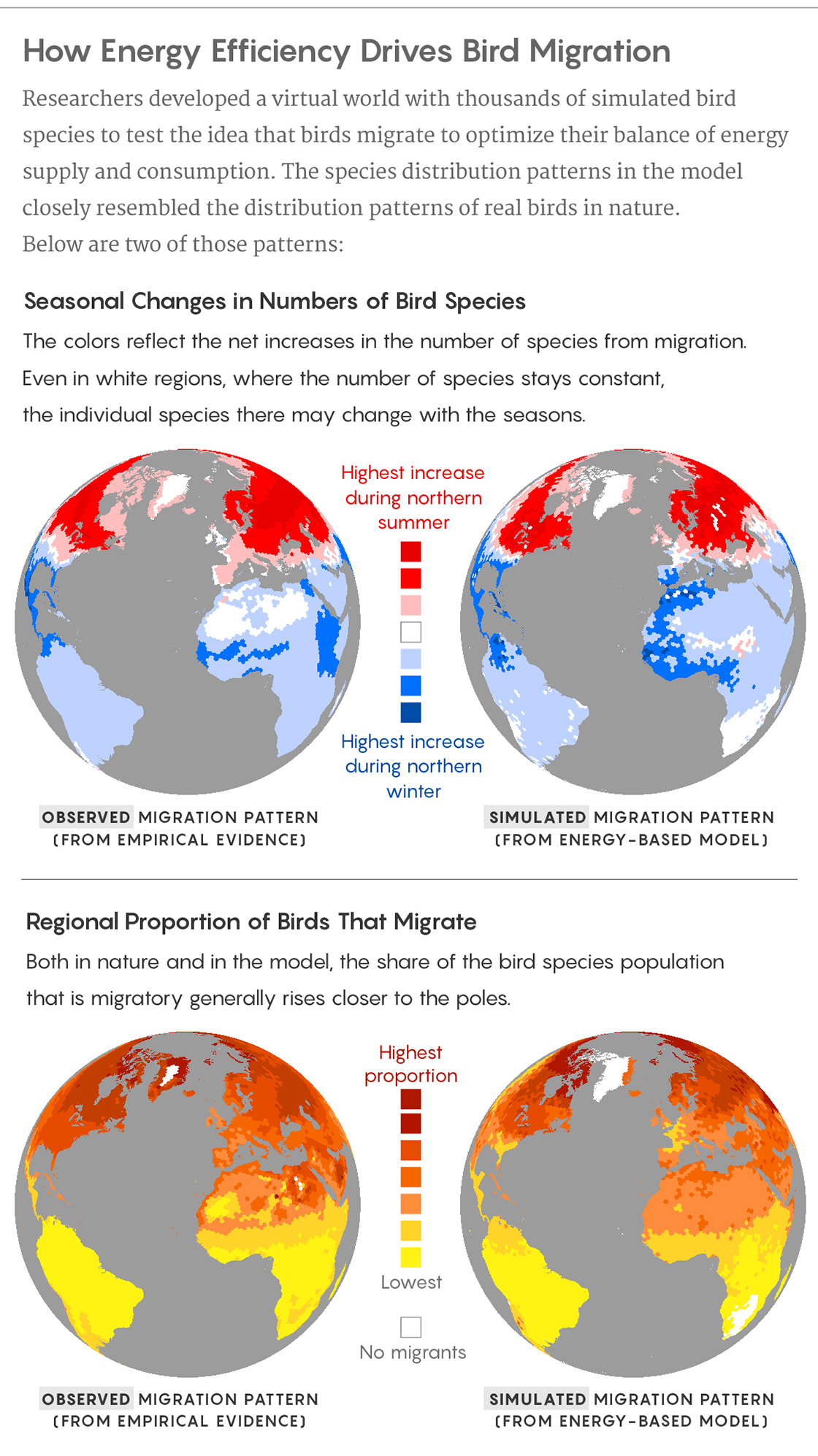
Lucy Reading-Ikkanda/Quanta Magazine; Source: Ana Rodrigues
The scientists noted, too, that the process of methodically adding species did not reflect the actual evolutionary history of birds. The fact that this step-by-step way of generating a seasonal distribution pattern produced something close to what is seen in nature suggests that energy factors are so influential that the observed distribution pattern would probably have emerged even if the history of birds had unfolded differently.
Another surprise came from looking at the amounts of energy the virtual species invested in metabolism, reproduction, thermal regulation and migration. Within the simulation, those values all emerged spontaneously as optimum solutions for the species. Yet a comparison to the scientific literature revealed that they were also very close to the observed average values for those activities in nature.
“This simple virtual world with its handful of parameters managed to reproduce the properties and patterns you see in the real world,” said Ana Rodrigues, a researcher at the University of Montpellier in France and one of the study’s authors. “It provides strong support that energetic rules explain why real birds do what they do.”
Sonya Clegg, an evolutionary biologist at the University of Oxford who did not participate in the research, agreed. She said that if the virtual species had better reflected the variation in traits seen among actual birds, rather than being so interchangeable, the model could have captured even more of the detail seen in the real world.
“But that’s also the beauty of it,” Somveille said. “Just by optimizing the energy balance for an average bird, you can already explain what’s going on around the world. You don’t need the individual differences in species to get a sense of what makes these global patterns emerge.”
The variation among migration systems, like those of the arctic tern and dusky grouse, starts making a lot more sense in the context of this work. “From a human perspective, sometimes it doesn’t seem rational that birds will travel thousands of kilometers each way,” Farnsworth said. “But it turns out that such an enormous, taxing journey is energetically favorable” at a bigger scale, even if it might not be immediately obvious.
The team’s findings were further cemented by the discovery that if they made the energy balance for the virtual birds less optimal — that is, if the birds maximized only their acquisition of energy, or only minimized their energy expenditures, or performed a random combination of the two, rather than doing both at once — then the distribution patterns in the simulation did not match the natural patterns as well.
Glimpses Into the Past and Future
As with any model based on simplified assumptions, the one in this experiment had limitations. The researchers noted that the “full” virtual world contained fewer bird species than the actual world does, and the patterns weren’t as accurate for certain types of regions, particularly mountainous ones like the Andes or Himalayas. They believe that’s probably because in those kinds of settings, factors such as topography or speciation rates might play a more defining role in the variation that occurs.
In general, that may mean that on a global scale, energy efficiency alone is sufficient to explain the distribution of species, but when one zooms in on a particular place or a subgroup of species, other processes might reveal themselves to be much more influential on the local level.
And of course, although the model suggests that evolution favored birds that were energetically efficient in their choices, it does not offer details about how they might have arrived at their optimal solutions, either globally or regionally.
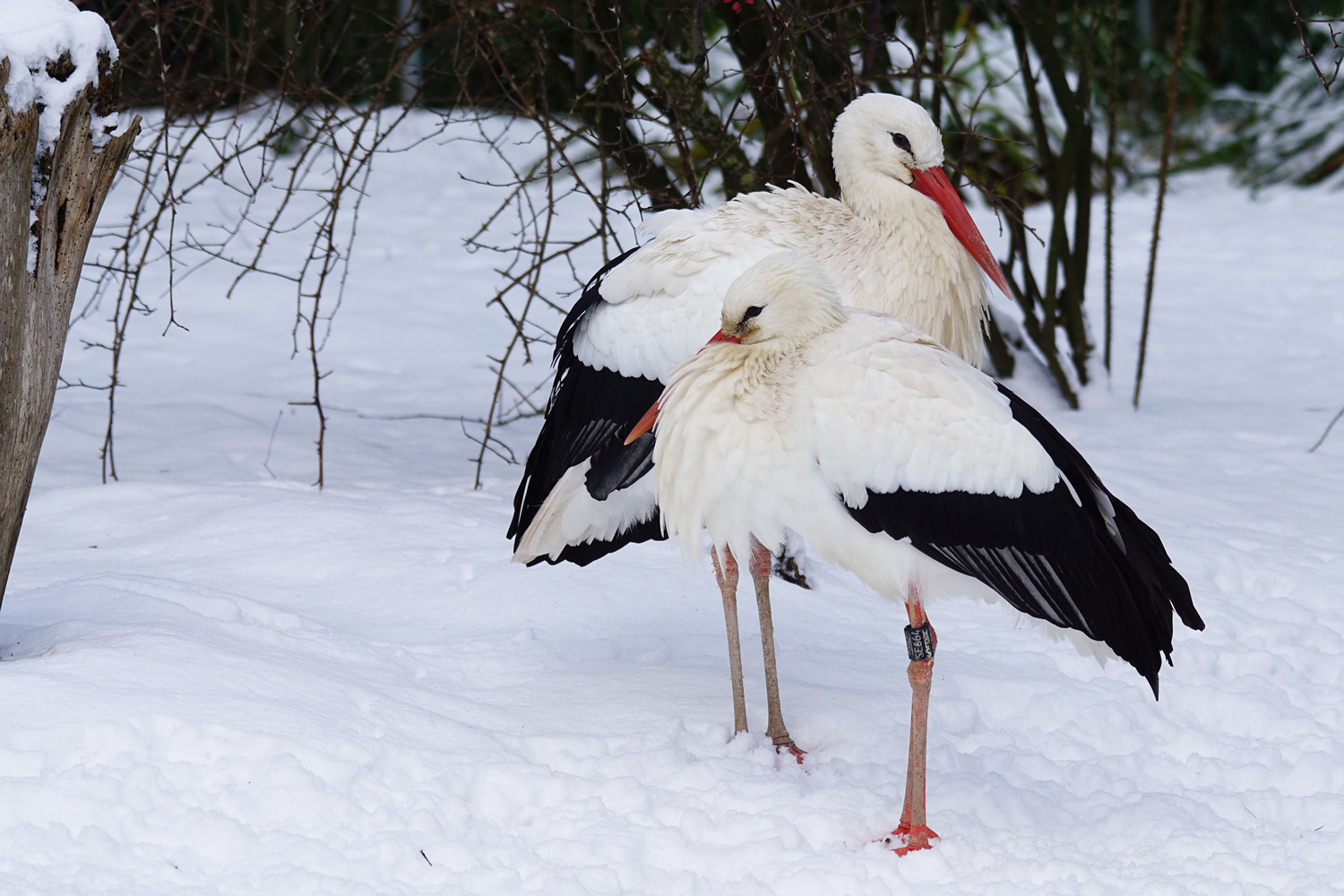
Some populations of white storks have shortened their migration routes in response to warmer temperatures, access to landfills and human activities.
That caveat aside, the researchers want to use their model to gain new insights about both the past and the future. From climate change to the introduction of agricultural systems and cities, human activity greatly affects the planet. Scientists have already seen signs of changing migration patterns as a result: In Europe, for instance, white storks have stopped migrating as far during the winter because the weather no longer gets as cold and they have more year-round access to humans’ garbage for food.
With the new migration model, Somveille says, he can update the underlying energy or temperature map to forecast what could happen next. He plans on doing something similar to reconstruct the history of global migration systems as well, by assessing what patterns might have looked like during ice ages and other time periods.
This work need not apply to birds alone. Marine mammals, fish, insects and other types of animals are also fair game for future research. “Everything that can move has some level of migration,” Rodrigues said. “So we think the same principles — responses to seasonality, responses to surpluses of resources that appear and disappear — drive these organisms to move or not move the way they do.” She said she hopes that as tracking data is collected for a wider range of animals, she can confirm whether the model works for them.
Somveille also wants to scale down the model, to determine whether it can explain the redistribution of individuals within a species. That would be far more informative for making predictions to aid conservation. “At the moment, our understanding is a global one,” he said. “But it’s hard to design a specific conservation action based on global patterns.”
In the meantime, though, the global model developed by Somveille and his team has made a firm place for energy in our understanding of trends in biodiversity. “When it comes to biology, there’s often some defining feature of the system that captures most of the variation in it, some fundamental piece of the puzzle that limits what happens,” Farnsworth said. “Here we’ve confirmed that it’s energy efficiency.”


